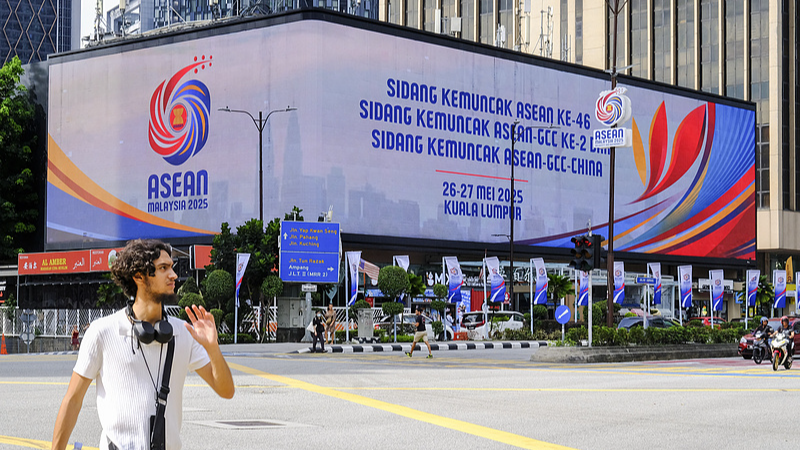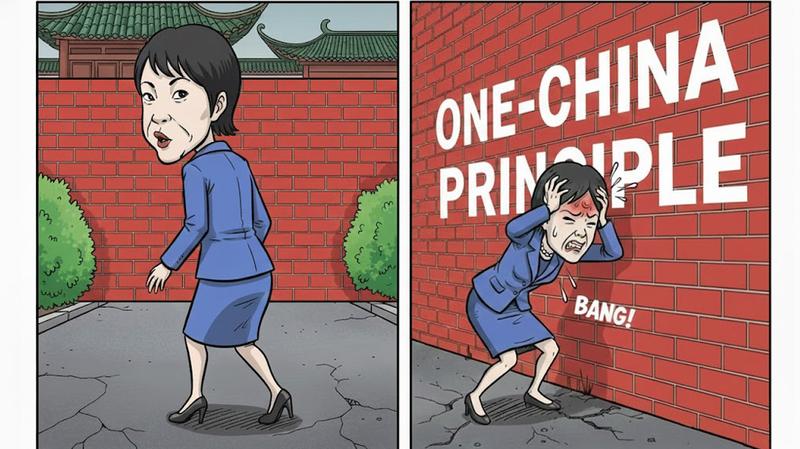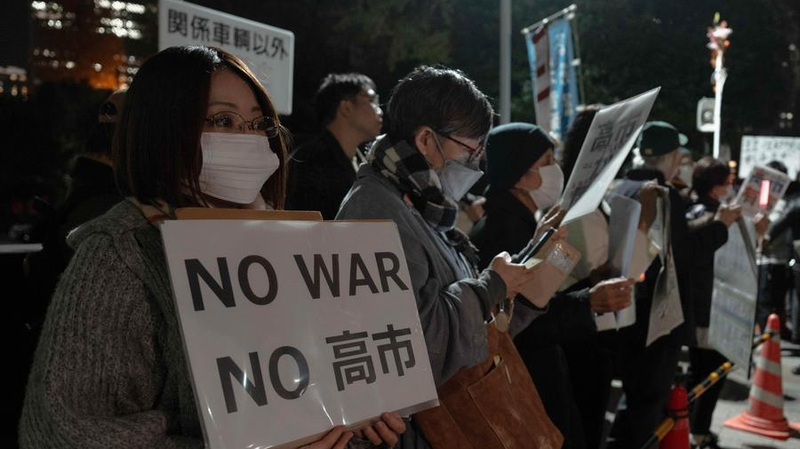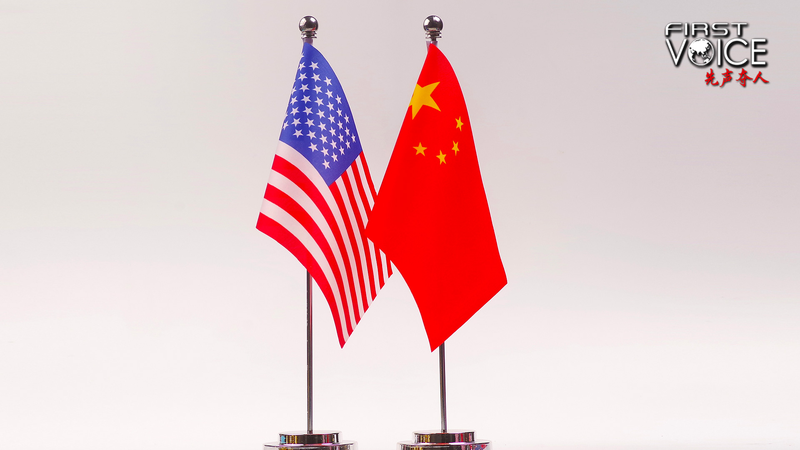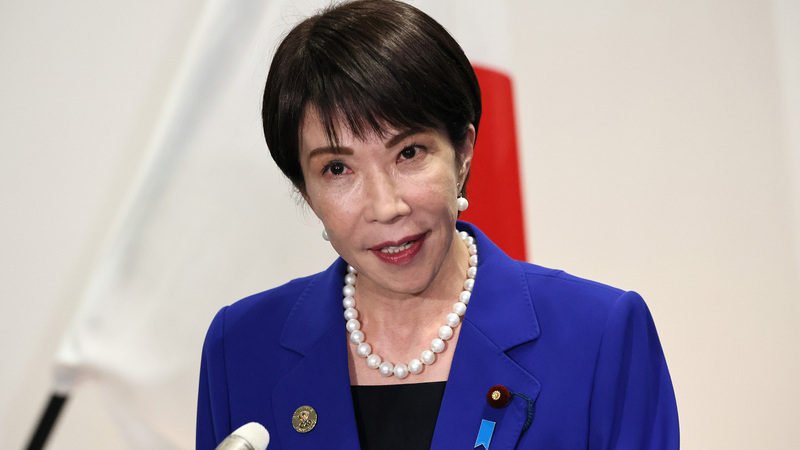This week, 10 Southeast Asian nations have descended on Kuala Lumpur for the 46th ASEAN Summit, a pivotal moment as global power shifts and economic headwinds test the bloc's unity.
For young global citizens and entrepreneurs, the looming threat of U.S. tariffs on Chinese imports adds a new layer of urgency. Since the Trump administration rolled out its reciprocal tariff strategy on April 2–dubbed Liberation Day–the region's reliance on Chinese supply chains has left many businesses vulnerable to sudden cost hikes.
Yet ASEAN's responses have been as diverse as its members: while some capitals push for a unified stance, others have quietly doubled down on bilateral deals with Beijing or Washington, leaving the bloc with an uneven approach to global trade tensions.
Despite this fragmentation, there are signs of hope. Malaysia has urged ASEAN to 'stand firm together', tapping into a long-held dream of collective action. And the Regional Comprehensive Economic Partnership deal–linking ASEAN members with China, Japan and South Korea–remains the bloc's flagship success, promising the world's largest free trade zone and a boost for regional integration.
Still, the real test lies in whether ASEAN can translate big talks into bigger moves. Will the summit usher in stronger institutional mechanisms to manage tariffs and shifting geopolitics? Or will national interests again overshadow the greater good?
For business trailblazers, policy wonks and travelers alike, the 46th ASEAN Summit could be the line in the sand between the status quo and a more united future.
Reference(s):
ASEAN's Malaysia summit: Chance for change or more of the same?
cgtn.com
